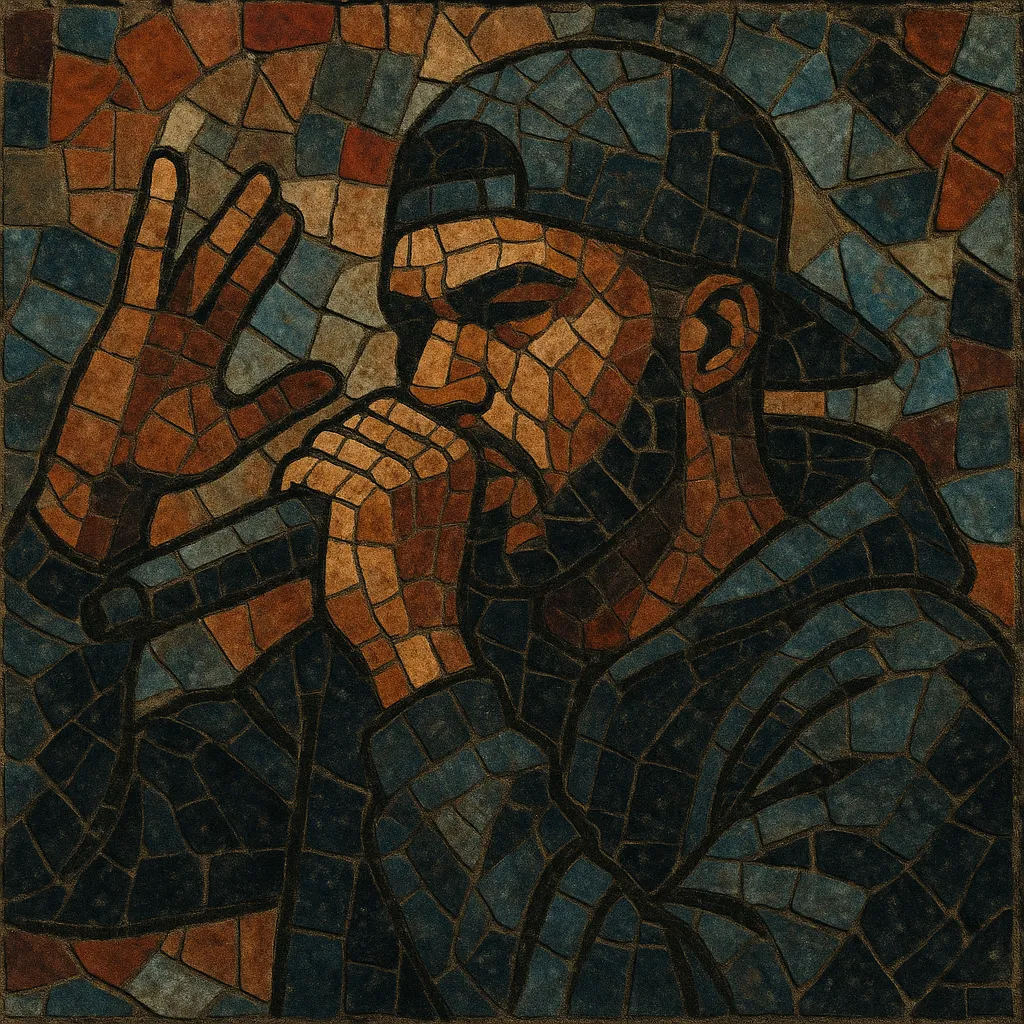French rap is the francophone incarnation of hip hop that emerged in the late 1980s and blossomed in the 1990s, marked by agile French lyricism, dense multisyllabic rhyme schemes, and socially engaged storytelling.
Built initially on boom-bap foundations and U.S. hip hop aesthetics, it quickly absorbed local influences—chanson’s narrative sensibility, Maghrebi (e.g., raï), Caribbean (dancehall), and African musical currents—crafting a distinctly French voice that reflects banlieue realities, identity, politics, and everyday life.
Across decades it evolved from sample-heavy, jazz-tinged beats to slick trap, cloud, and afro-trap productions, retaining a premium on wordplay (including verlan slang) and precise flows. Today, French rap is one of Europe’s most vibrant rap ecosystems, shaping popular music in France and influencing francophone scenes worldwide.
French rap took root in the late 1980s as hip hop culture (DJing, breakdance, graffiti, MCing) spread from the U.S. to France. Early crews rapped over electro-funk and boom-bap, and the French language—rich in consonants and rhythm—pushed MCs toward intricate rhymes and narrative density.
In the 1990s, groups like IAM (Marseille), Suprême NTM (Paris/Saint-Denis), and artists such as MC Solaar brought French rap to national prominence. Production leaned on jazz rap and boom-bap, while lyrics tackled social inequality, identity, racism, and suburban (banlieue) life. The genre established its own canon, media infrastructure, and regional scenes (notably Paris/Île-de-France and Marseille).
The 2000s saw a grittier street-rap wave (e.g., Booba, Rohff) and the incorporation of U.S. gangsta aesthetics alongside local slang and realities. Labels and collectives professionalized the scene, while sonic palettes broadened—still sample-based but increasingly polished, with stronger bass and club-ready drums.
The 2010s accelerated change: trap and cloud influences, emotive autotune (PNL, Jul), and stylistic plurality (lyrical rap, alternative/indie, afro-trap). Online platforms reshaped discovery, and French rap dominated domestic charts, becoming the country’s most streamed music.
French rap now interacts dynamically with UK drill, Afrobeats, North African and West African scenes. It influences francophone rap across Québec, North and West Africa, and coexists with pop urbaine and French R&B, all while maintaining its core strengths: verbal finesse, social commentary, and rhythmic invention.


